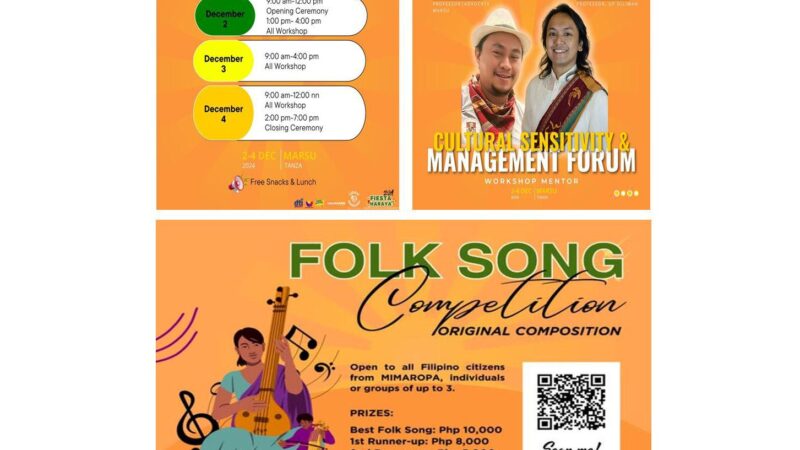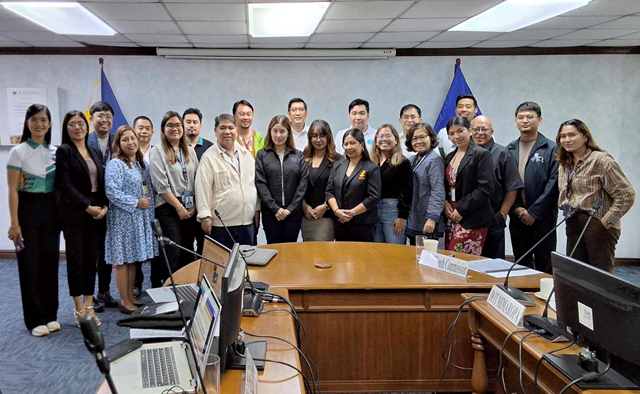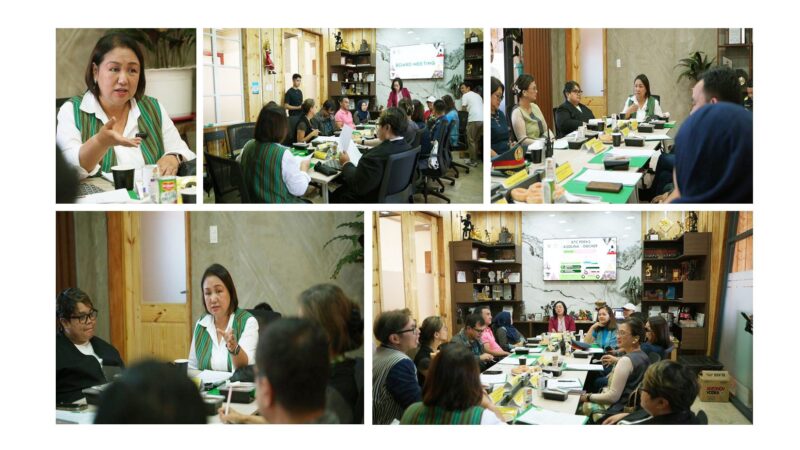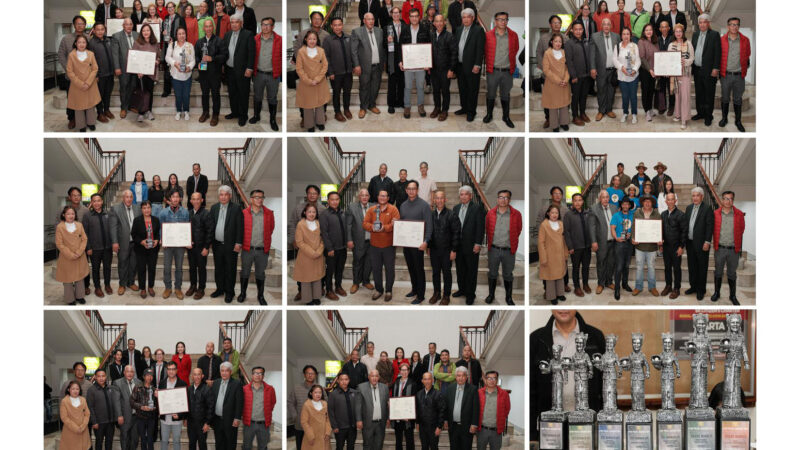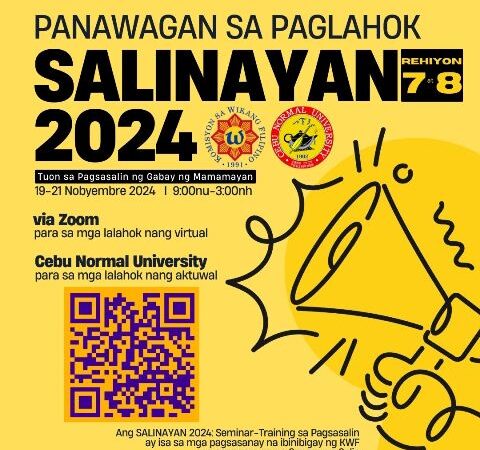Call for participative cultural mapping project

Mayor Benjamin Magalong calls for citizens’ support and participation in the ongoing cultural mapping in the city, either as key informant and/or provider of necessary documents or references.
Owners of properties; with cultural or heritage value, which may be significant movable ethnographic, religious objects, work of industrial and commercial art, archival holdings, natural history specimen, products of traditional craftsmanship or know of heritage structures, natural geological and physiographical land formations, bodies of water, plants, animals, oral traditions and expressions including language, significant cultural institutions, performing arts, social practices, rituals and festive events, knowledge and practices concerning nature, and willing to have them mapped, are encouraged to visit the City Planning and Development Office (CPDO) headed by Archt. Donna Rillera-Tabangin or call 442-6607 for information.
According to the mayor, more than 400 cultural resources have been scheduled for mapping, with a trained team of an architect, lead mapper, film group and researchers on field. The results shall be reported on Dec. 16 and 17, it was announced.
The city is implementing the cultural mapping project as to RA 10066, an act providing for the protection and conservation of the National Cultural Heritage with alignment for the quest for the seal of good local governance as to the assessment criteria on tourism, heritage development, culture and arts.
There are 28 significant tangible immovable structures for mapping, including the Baguio Convention Center, Mansion House, Ambassadors Cottage, PAGASA, Laperal building, Casa Vallejo, Arevalo, Ating Tahanang, Baguio Post Office, Court of Appeals, Baguio Stone Market and Baguio City Hall.
Sixteen (16) Baguio schools, three hospitals and 22 churches and places of worship being mapped include the SLU center, old buildings and hospital, Baguio Patriotic, Baguio City High School main building, Quezon, Lucban, Bonifacio and Baguio Elem Schools, SPED, Brent School, Easter College, University of Baguio, Philippine Military Academy, Baguio Military Institute, Baguio General Hospital, Baguio Medical Center, Our Lady of Atonement Cathedral, San Pablo Seminary and other historical churches.
Monuments and markers, sites, and heritage houses; are the Philippine Commission, Lion’s head, Km 0 markers, Kennon road, 1917 Eagle Marker, BPI compound; Camp John Hay, most of the city’s parks, and streets, old houses along South Drive, Navy Base, Loakan and other houses.
Ethnographic objects include carpentry tools, kayabang, iron pots, “plantsa de uling,” Devit and Kuval, Solibao and Gangsa, Metal tin cups, coconut grater and chopping board, cowboy attire, slingshot; while religious items include habits, old statues, cross and bells.
Industrial and commercial arts, art work and archival holdings are coins, war veteran medals, helmet, musical instruments, tape recorders, old telephone, radio equipment, sewing machine, silver crafts, paintings, old books, plaques, comics, prayer books, bibles, clippings of historical Baguio events.
Natural history specimens include fossils, crystal sourced from Baguio locations; and taxidermy.
Geological and physiographical heritage areas include Guisad valley, Irisan limestone and Sto. Rosario rock formation; bodies of water for mapping are Ambiong, Balili and Bued rivers, Plants and animals are: Sunflower, Alnus, Bagiw (Baguio moss), Tagumbao, Native Sili, Lantana, Runo, Ferns, Benguet Lily; Native animals including cow, horse, chicken, owl, martines, bats, crow, frog, lizard, eel and firefly.
Protected areas including parks and watersheds; Intangible oral traditions and expressions including the Madmad, Pasiyam, Novena, Black rosary, Myths and riddle of Ibaloys, Baguio folktales, Bad-diw; Performing Arts including square and native dance; Social practices such as the Canao, the Pagmamano, delicacies: games.
Knowledge and practices concerning nature, reading the patterns of behavior of birds and ants, reading the changes of the moon, the bile and innard, and cosmology.
Products of traditional craftsmanship and process or manufacture of such are also being mapped for preservation: basket, instrument, tapestry, rope, broom making; weaving, bamboo craft, wood carving, instrument and silvercraft.
As to a schedule from the CPDO, follow-up workshops are done this month, with revisit of key informants on February. A validation workshop is scheduled in March, with revisions, editing, printing and launching of the book, with analysis soon after. – Julie G. Fianza


